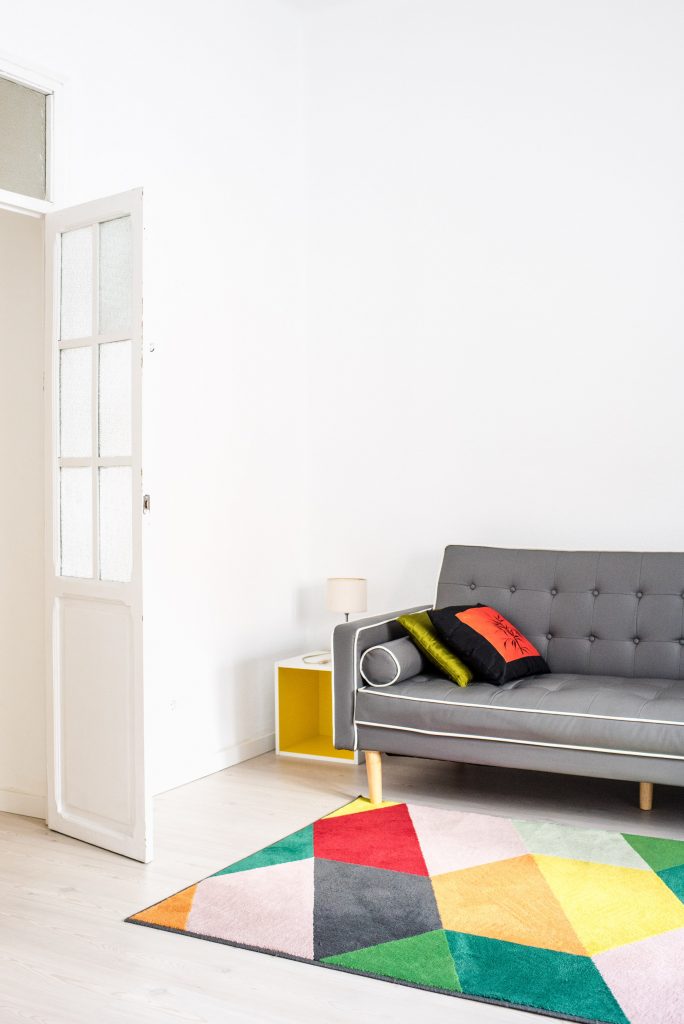COLOR: Color is important not just because it creates a mood in a room, but because it has the power to make a room feel larger, lighter and cozy. Of course, it’s vital that the colors selected complements the room’s use. For example, restful shades for bedrooms and higher energy hues in a home office.
Natural light or artificial will affect a color’s properties, so successfully using it means considering this before making a selection.
Our reactions to color are mostly unconscious, yet it has the power to affect our mood. Below are a few examples of color psychology by Home Live 3D.
White charges one with energy and is a symbol of purity and clarity. However, in the long-term, monochromatic white interiors will negatively influence the body systems’ work, so it is advised to add some bright accents or use it as a shade to complement another tone.
Brown restrained tones create a melancholic and soft mood and promotes a feeling of warmth. This earth color symbolizes safety and family hearth, so it is ideal for cozy home interior designs.
The neutrality of gray offers a wide range of options. Apart from being a gorgeous background color, it is a nice solution for offices and business centers. Gray can also brighten other tones.
Green is a color of nature, trees and the wild. It doesn’t tire the eyes, and it calms an irritated nervous system. The effect of green on an individual helps to banish negative thoughts and encourage meditation. By promoting calm and health, green also improves the work of the cardiovascular system and helps to prevent diseases from occurring. It is also multi-functional and one of the most widely used colors. This palette works well for living rooms, offices, kitchens, restaurants, bedrooms, bathrooms, etc. However, to avoid spoiling the calming effect, it is better to not to use tones that are too vivid.




